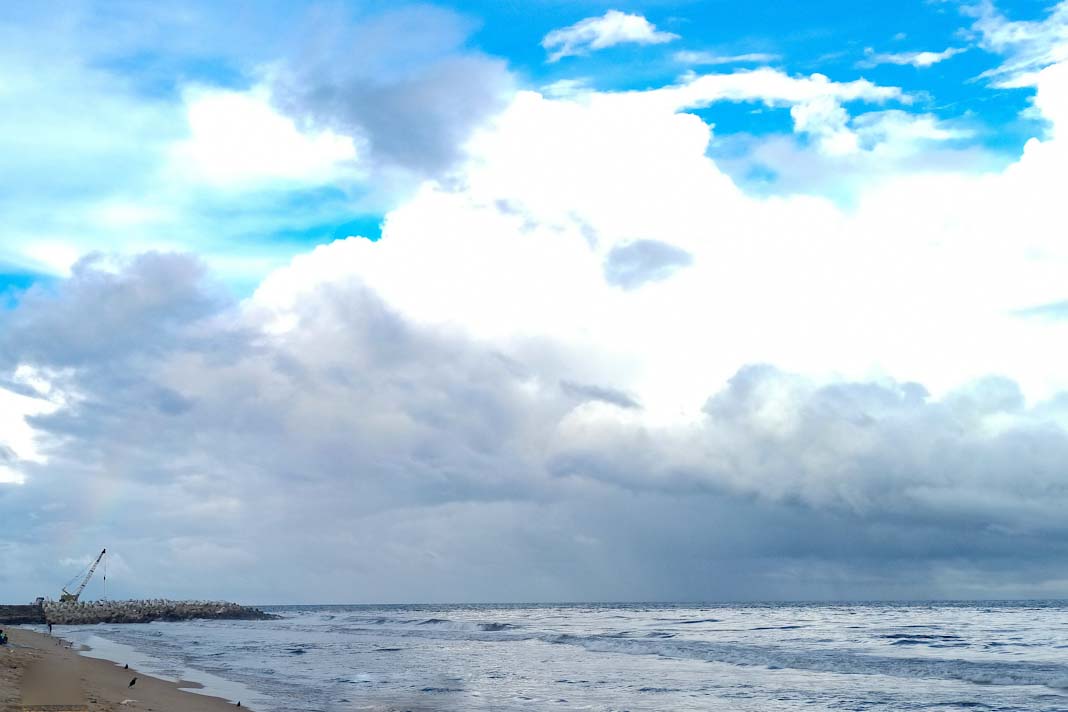- Capesize bulkers gained 7.7% in value, while most other bulker segments saw declines amid reduced newbuilding and S&P activity.
- Tanker values eased overall, though MR2s maintained strong demand and steady charter rates.
- LPG earnings fell 24% year-on-year, with newbuilding orders and S&P deals sharply reduced.
- Container markets strengthened on tight supply and rerouting, with a surge in newbuilding orders but minimal demolition.
- Offshore values rose on high utilization and strong AHTS rates, while vehicle carriers faced pressure from oversupply.
The first half of 2025 has seen measured activity in the sale and purchase market, influenced by regulatory changes, shifting investor sentiment, and ongoing geopolitical uncertainty. Trade disruptions in the Red Sea and tariff tensions have weighed on market confidence, while environmental compliance deadlines continue to guide fleet renewal decisions. According to the 2025 Mid-Year Shipping Market Report by Veson Nautical, these factors are shaping asset values and transaction volumes across multiple vessel segments, as reported by Vessels Value.
Market Performance Across Vessel Segments
In the bulker market, Capesize values recorded an increase of about 7.7% during the first half of 2025, supported by firm iron ore demand and limited fleet growth, while most other segments saw value declines. Newbuilding orders fell to 169 vessels—the lowest first-half total since 2017—marking a 26% year-on-year decrease, while sale and purchase (S&P) volumes slipped by 36% to 425 transactions. Demolition activity remained minimal at 34 vessels, as stable earnings kept older ships in operation.
In tankers, asset values softened across most classes, with orders down 74% year-on-year to 74 vessels compared with 289 a year earlier. S&P activity also declined by 31% to 285 transactions. MR2 tankers stood out, contributing around 34% of sales and sustaining average time charter rates just above USD 20,100 per day, supported by flexible deployment and resilient demand. Demolition activity reached 15 vessels, the highest level since 2022.
The LPG sector experienced weaker conditions, with earnings averaging 24% below the same period in 2024. Very Large Gas Carrier (VLGC) rates averaged USD 37,900 per day, despite short-term volatility linked to Middle East tensions. Newbuilding orders dropped sharply by 80% year-on-year to just 14 vessels, while S&P activity declined by 25% to 55 transactions. Scrapping included six older, smaller fully-pressurized vessels.
In the container market, strong charter demand—driven by tight tonnage supply and rerouting around the Cape of Good Hope—kept earnings firm, with sub-8,500 TEU ships achieving rate gains of around 28% year-on-year. This strength supported values across most segments. Newbuilding activity surged, with 194 vessels ordered, up 288% from the previous year. In contrast, S&P volumes fell by 21% and demolition activity dropped sharply to just four vessels, an 87% decline.
Vehicle carriers faced pressure as new Large Car Truck Carriers added 5% to supply, outpacing Asia’s light vehicle export growth of 4%. This imbalance pushed the VV 1-Year 6,500 CEU time charter index down 44% since January. Values for 10-year-old 6,500 CEU ships declined by around 11%, with no newbuilding contracts placed and only nine sales recorded, while demolition activity was absent in the first half.
In the offshore segment, high utilization—led by North Sea offshore support vessels (OSVs) at about 95%—and strong spot anchor handling tug supply (AHTS) rates above USD 100,000 per day supported secondhand values. Owners held onto tonnage, leading to a 50% drop in S&P volumes to 69 transactions. Newbuilding orders, however, rose by around 50% year-on-year to 36 vessels, dominated by AHTS units.
Did you subscribe to our Daily newsletter?
It’s Free! Click here to Subscribe!
Source: Vessels Value















